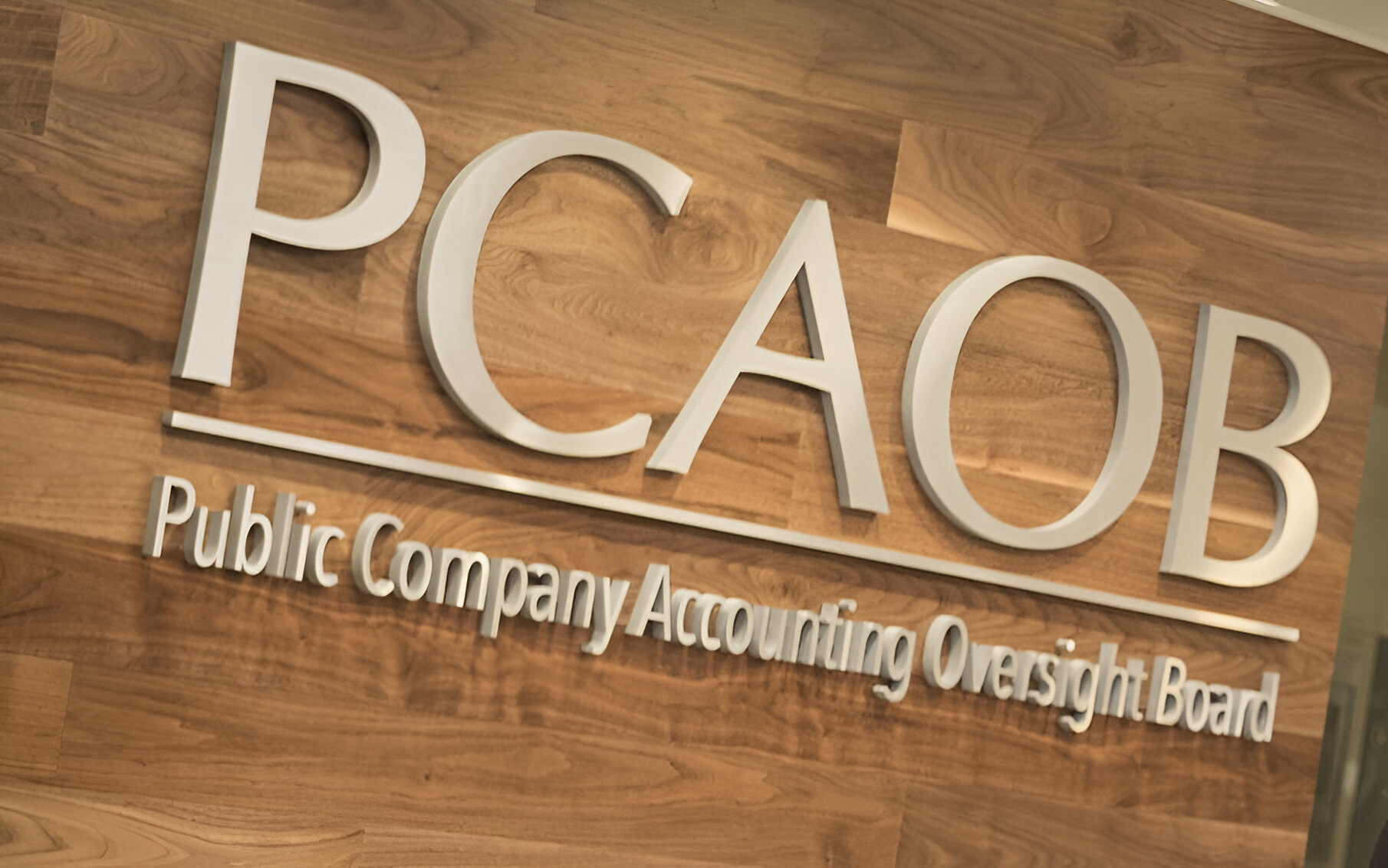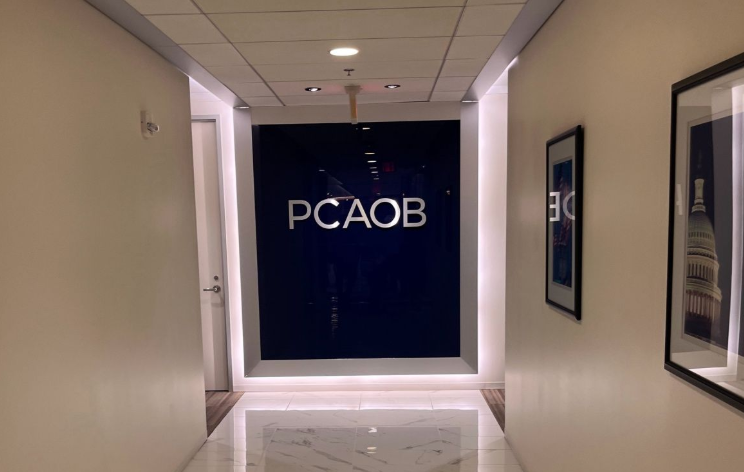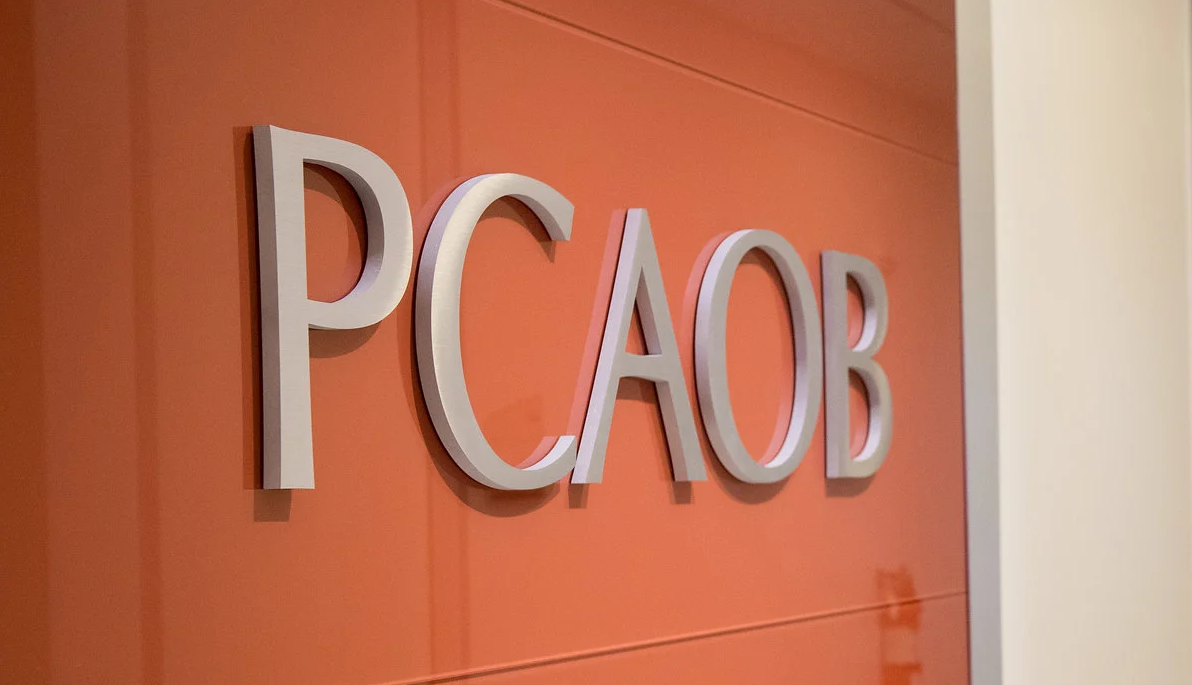By Lori Walsh.
How has COVID affected your manufacturing clients? A single case of COVID-19 in Vietnam forced car-making giant Toyota to slam on the brakes in August 2021.
The worker with COVID was part of an auto manufacturing plant in Vietnam that produces wire harnesses for Toyota’s vehicles. Local officials shut down the manufacturer after the COVID case was reported — and Toyota’s supply of wire harnesses wore thin.
Unable to get its hands on enough of the wire harnesses, as well as chips and other necessary parts while the Delta variant raged in Southeast Asia, Toyota cut its car production by 40%.
Toyota has long been the leader of lean manufacturing, also called just-in-time manufacturing. Lean manufacturing is a process that maximizes efficiency and minimizes waste, in part by only purchasing and storing the needed supplies to assemble a small number of products at once. The catch is that lean manufacturing requires a reliable supply chain so a company can keep less stock on hand, while meeting demand with a smaller but consistent influx of supplies.
With Toyota suffering such a large hit, it begs the question: What lessons can COVID-19 teach us about lean manufacturing during emergencies?
4 lessons from Toyota for your lean manufacturing operations
Even with its lean manufacturing philosophy, Toyota has been able to weather COVID-19 better than many other carmakers. It was relatively unaffected by the shortage of semiconductor chips up until August — because of a pivotal lesson the company learned in 2011.
When a major earthquake and tsunami in Japan roiled the region, Toyota’s Japan-based manufacturing and vehicle production stalled out. Its quarterly profits fell 77%.
The changes the company implemented in a five-year plan were tested when another earthquake struck Japan in 2016. Toyota suspended operations but was back online within weeks.
COVID has highlighted that the changes Toyota began implementing a decade ago aren’t foolproof, but they did get the company through 18 months of the pandemic with minimal disruption.
If Toyota’s four lessons are practices you haven’t implemented, you may want to consider creating plans to implement them for your business. While you’re at it, consider how you could help your clients make these practices even more effective, using the lessons learned so far from COVID-19. Which of these could Toyota have taken a step further to avoid disruption?
1. Regionalize and diversify your supply chain
In a trend that predated the pandemic, many companies were already making moves away from globalization and toward regionalization. After the 2011 earthquake and tsunami, Toyota diversified its presence in multiple regions around the world while ensuring it could procure the necessary supplies for building cars if a single region were unable to produce.
Regionalization and diversification can look different for different companies. Recently, regionalizing has included bringing onboard suppliers who are closer to home to reduce issues like long shipping delays or products stuck in ports. It’s an increase in efficiency, though it may come with an increased cost, like moving from a supplier in China to a North American supplier.
ProTip: QuickBooks Enterprise tracks product movement and storage, updates inventory status in real time, and you can easily transfer inventory between locations.
2. Standardize parts so they can be manufactured in multiple locations
With multiple suppliers in different locations set up, you can maximize their impact by standardizing parts. For example, Toyota began standardizing similar parts across different car models after 2011. If one supplier is out of commission, another plant is able to increase production of the standardized part to meet demand.
ProTip: With customized advanced reporting in QuickBooks Enterprise, you can see, at a glance, the products that are most consumed, enabling a company to eliminate those that aren’t selling.
3. Keep a stockpile of parts that can’t easily be produced elsewhere
If standardization isn’t an option, or there’s a specialized part that requires a lot of time or specific materials to create, that’s when it’s time to break the anti-stockpiling concept in lean manufacturing. This lesson from 2011 is what saved Toyota from the chip shortage for so long: It had made the strategic decision to keep an oversupply of chips on hand for emergencies.
ProTip: Cost of warehousing is a legitimate cost. However by bulking up purchases, you can also lower some costs of goods. With QuickBooks Enterprise, you can build stated costs into your finished goods to help account for some of your inventory.
4. Create a system to track your suppliers and backup parts
Staying in close communication with your suppliers and knowing what spare parts they have on hand is key for being able to quickly pivot when something unexpected disrupts your supply chain. This system of communication and tracking should make sense for the size and structure of your business.
Toyota was able to create a new database called the RESCUE system, which suppliers update in real time and the company tracks consistently. The key is making sure the information is always up-to-date; you won’t often get a heads-up when trouble comes knocking.
ProTip: The multiple vendor feature in QuickBooks Enterprise allows you to see when you have purchased items from any vendor, what the quantity is, and the cost.
Does your clients’ business model support changes to lean manufacturing processes?
Making changes to your clients’ operating model may require more cash flow, funding or loans. It can be overwhelming to assess those changes — and their impact on your long-term business strategy. Be your clients’ trusted advisor and work with them to ensure the best solutions possible.
======
Lori Walsh, a partner at Fourlane, works with clients from many different industries, including e-commerce, manufacturing, and retail. Her goal is to establish authentic communication to build a strong connection, and long-term working relationship, with her clients and teammates. She aims to make a difference for her clients and their businesses, presenting powerful solutions to their specific needs. Contact her at lwalsh@fourlane.com.
Thanks for reading CPA Practice Advisor!
Subscribe Already registered? Log In
Need more information? Read the FAQs




